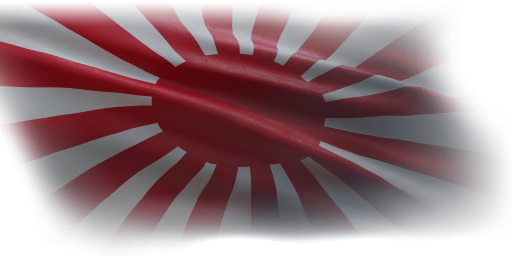The Yamato (大和, namesake: Yamato Province) was, alongside her sister ship Musashi, one of the heaviest and most powerfully armed battleships ever constructed. Armed with the massive 46 cm Type 94 main guns—the largest naval artillery ever mounted on a warship—Yamato was built to counter American numerical superiority, free from displacement or width restrictions imposed by the Panama Canal. As the lead ship of her class, she served as the flagship of the Imperial Japanese Navy from December 1941. Rarely committed to frontline combat, Yamato often returned to port for minimal repairs or refits, earning her the ironic nickname "Hotel Yamato"—a jab from Army circles and post-war retrospect referencing her use as a floating headquarters for high-ranking admirals rather than the seaborne titan she was designed to be. She met her end during Operation Ten-Go in April 1945, a desperate one-way sortie that marked the final nail in Japanese naval power's coffin.
Yamato was introduced in Update "Leviathans" in her 1944 configuration, the last major refit before additional anti-air emplacements were added in early 1945. Yamato boasts unmatched firepower with her triple 46 cm guns, capable of delivering devastating hits with armour-piercing shells weighing over 1.4 tons each and penetrating more than 600 mm of armour at 15 km. Her secondary armament was restructured during the refit, removing the 15.5 cm side turrets in favour of a formidable AA suite consisting of 146 × 25 mm cannons and 12 × twin 12.7 cm dual-purpose mounts, forming a veritable wall of flak against aerial threats. Heavily armoured across all sections, with some of the thickest turret plating ever installed, Yamato stands as a floating fortress—capable of both absorbing and delivering colossal damage.














